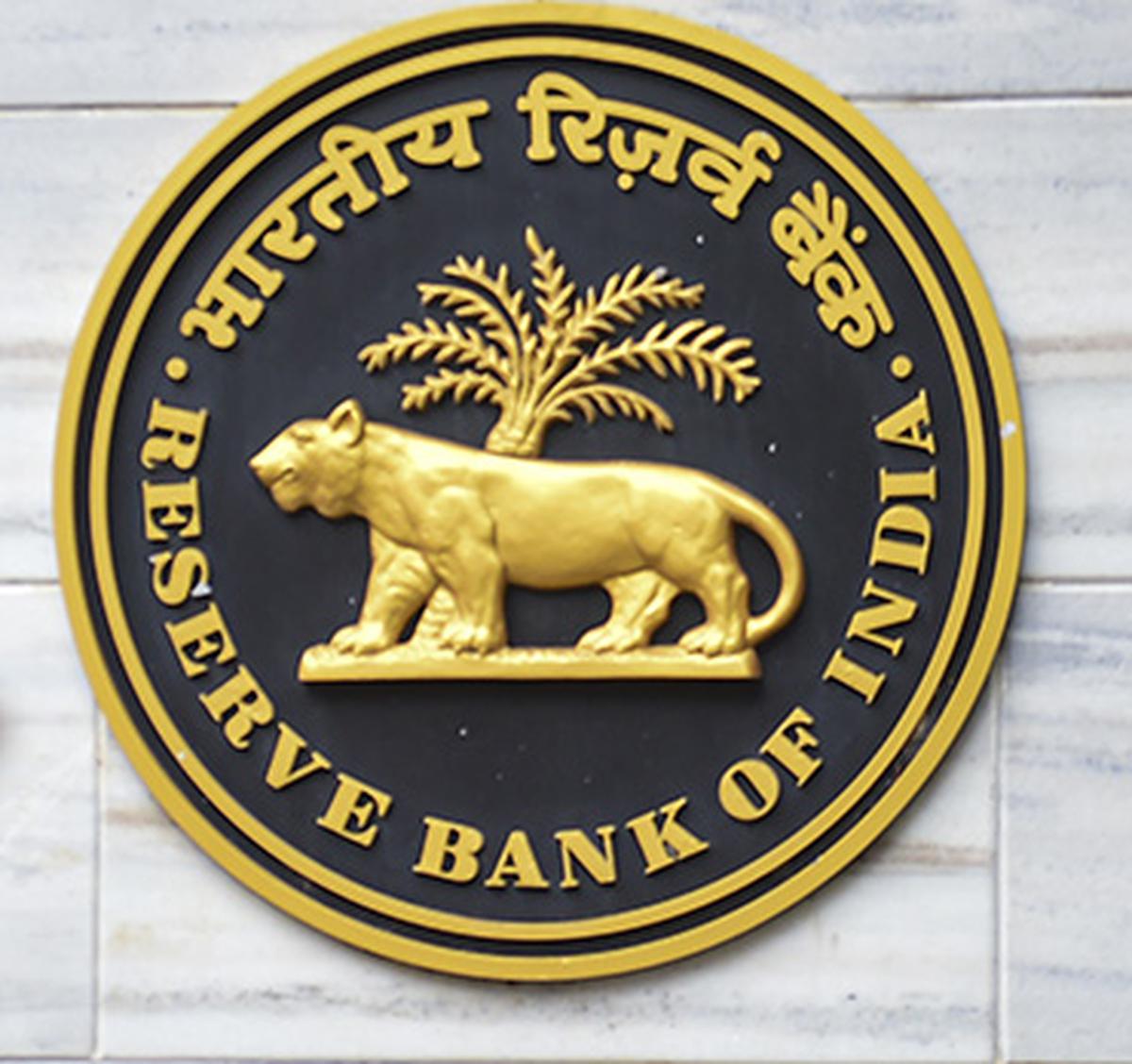
Demonetisation behind the buoyancy in tax collections, says RBI MPC member
The Hindu
Demonetisation enhanced digitisation and formalization in the economy and reduced tax evasion, said Ashima Goyal
RBI Monetary Policy Committee (MPC) member Ashima Goyal has attributed the rise in tax collections to demonetisation and said that it will help the nation move towards the ideal situation where low taxes are levied on a large base.
On November 8, 2016, Prime Minister Narendra Modi announced the demonetisation of old ₹1,000 and ₹500 banknotes and one of the key objectives of the unprecedented decision was to curb black money flows and promote digital payments.
Noting that demonetisation had short-term costs but some long-term benefits, Ms. Goyal said it enhanced digitisation and formalization in the economy and reduced tax evasion, although all this has further to go.
"It contributed to the buoyancy in taxes the country is benefitting from today. This helps us move towards the ideal of low tax rates on a large base," she told PTI.
The tax department on October 9 said that the gross collection of tax on corporate and individual earnings jumped nearly 24% so far in the current fiscal year to ₹8.98 lakh crore.
GST collections remained above ₹1.40 lakh crore for the seventh month in a row at ₹1.47 lakh crore in September, a 26% increase over last year, reflecting buoyancy in tax collection.
However, earlier this month former Congress president Rahul Gandhi said that the BJP's policies of demonetisation, GST and farm laws are weapons aimed at India's poor and small businessmen.













